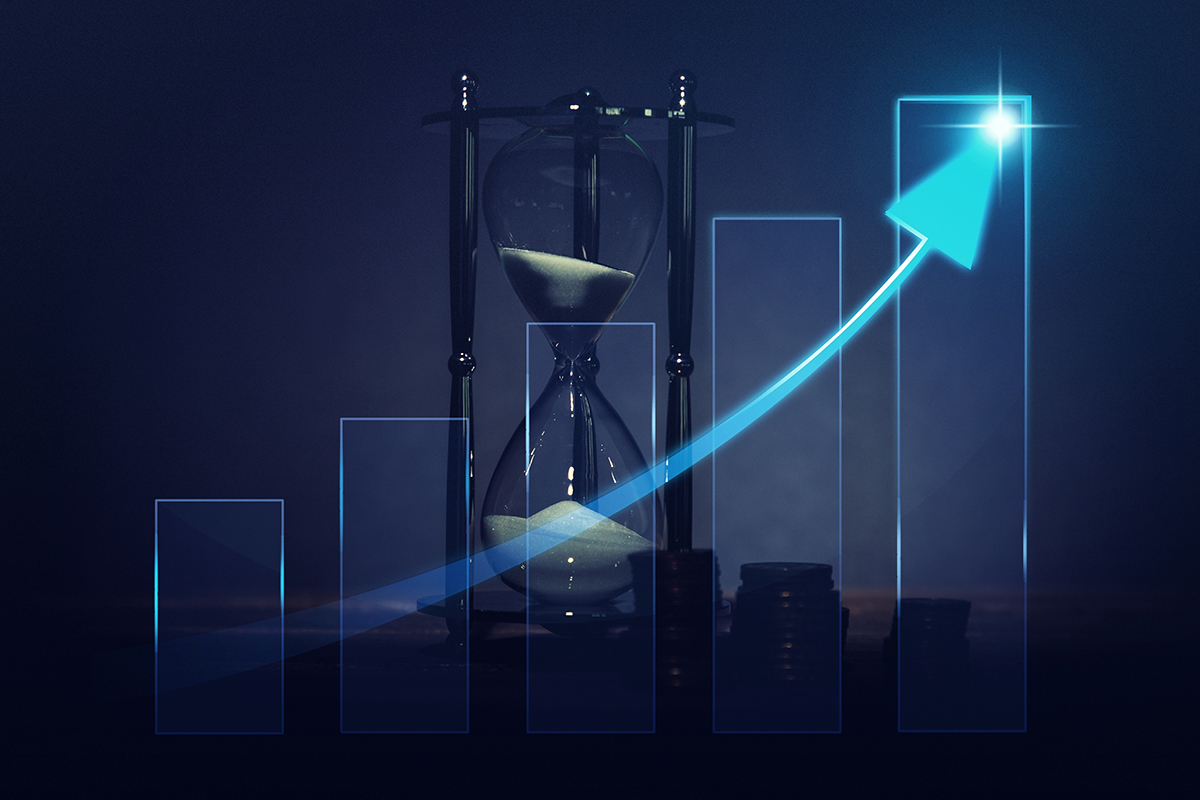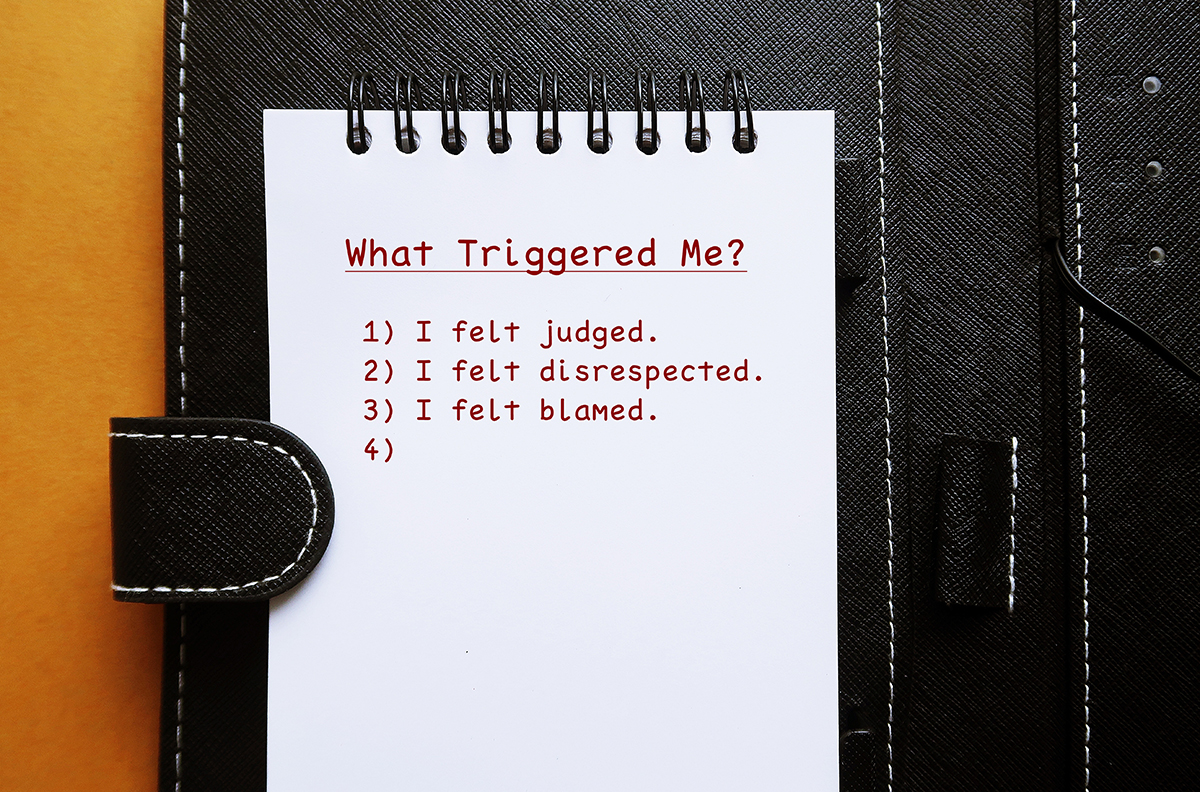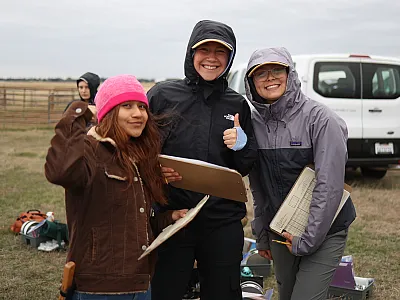Patient professionals: mastering the strategic skill of waiting

Career development advice can often leave the feeling that you need to “move with urgency or risk being left behind.” But the work that actually matters takes time. Patience is not just a virtue. It is a professional skill, a differentiator, a quiet form of leadership. Patience is the reason some scientists thrive while others burn out trying to sprint a marathon.
In the online world of popular science news, advice articles, and social media, you will find a lot of talk about progressing with haste and moving fast … whether its accelerating discovery, publishing faster, or responding quickly to opportunities. Career development advice can often leave the feeling that you need to “move with urgency or risk being left behind.” But if you stay in this profession long enough, you start to notice something strange: the work that actually matters (the systems that shift, the students who grow, the big ideas that stick) never happens on a convenient timeline. It takes time … sometimes, a lot of it!
Patience, then, is not just a virtue. It is a professional skill, a differentiator, a quiet form of leadership. Patience is the reason some scientists thrive while others burn out trying to sprint a marathon. And it is wildly underappreciated.
The frustrating truth is that professional growth, like ecological succession or long-term soil formation, does not follow a straight line. Growth behaves more like a power law: slow accumulation, invisible progress, and sudden breakthroughs that seem abrupt only to those who were not watching the groundwork get laid. Observe carefully and you will notice about 15% of people seem to soar right out of the gate while another 15% need scaffolding or a shift in context to thrive. And the other 70%? Well, they are building steadily, quietly, and often unseen. If you are in that 70%, then congratulations! You are in excellent company.
What patience really looks like in science
We like to imagine patience as this noble, serene thing where someone is calmly waiting for results, sipping tea, and genuinely unbothered. But in reality, patience in science is messy. It is watching your proposal or manuscript draft get ghosted by a colleague. It is dealing with silence from a journal for six months. It is watching a student circle the same conceptual drain for weeks before the perspective finally clicks.
Patience also does not show up as consistently as we anticipate. You might endure a multi-year dataset with perfect grace, only to snap when a colleague replies briskly to what is otherwise an inconsequential email. Why do we feel these types of contradictory surges of emotion?
The answer often lies in construal level theory (CLT; Trope & Liberman, 2010). This occurs when things feel close (whether in time, space, or emotion) and we fixate on specifics. The urgency feels acute and disruptions feel personal. However, when we zoom out and view things from a higher level, then our stress tends to soften, and we are better able to tolerate ambiguity. That shift from low-level fixation to high-level framing is what separates reactive impatience from strategic calm. Luckily, tapping into that strategic calm by implementing a high-level construal perspective is a skill that you can train.
Train your ‘strategic calm’ like a skill because it is one

Most people treat patience as a personality trait where you either have it or you do not. However, research in neuroscience and behavioral psychology indicate that patience can be developed through practice, reflection, and intentional behavior (Schnitker, 2012).
The first step is to track it. Start noting when you lose patience: what triggered you, what you wanted that you were not getting, and whether you were already stressed, tired, under pressure, or overcommitted. The patterns you observe can teach you more about yourself. You may find your tolerance thins when communication breaks down or when you feel your competence is being questioned. Once you know your flashpoints, you can start practicing “the pause.” This pause is not a suppression of your emotions, but a decisive and active response to redirect your thinking.
For example, pause and try zooming out. Ask yourself: What high-level goal is this moment part of? What is the larger trajectory I am working toward? The mental shift from urgent task to enduring purpose can loosen your grip on the immediate stress and reorient you to the ultimate value that you are seeking, which comes only with time.
Once you have acknowledged that you are losing your patience, then write it and your initial assessment down. Every time you manage something well or poorly, make a note. This is an important tool because our memories distort. Writing helps you to build a more accurate narrative about your trends and growth. Along the way, your written notes also give you something explicit to look back on when it feels like you are not improving. An accurate accounting of your growth is often needed to help you realize all the progress you forgot.
Practical scenarios: what patience looks like in practice
Let us move from theory to practice. Here are three all-too-familiar situations where patience can make or break the outcome:
Scenario 1: The silent collaborator
You have sent a time-sensitive proposal draft. The deadline is near. Your co-PI has not responded despite two follow-up emails. You finish the last lecture of your day and check your inbox to see many messages but not the one you need. Your heart rate spikes, and throughout your brain you can feel the tingling of blood vessel constriction, nerve sensitivity, and biochemical fluctuations. The world dissolves away, and all your focus dramatically narrows to the section you cannot finish until they do their part.
Pivot yourself to your ‘strategic calm’ state by trying to mentally zoom out. Your goal is not perfection. Instead, it is submission. What can you finish on your own? Can you assume their section stays unchanged? Then consider writing to them, “I am moving forward with the current version. Happy to integrate late edits if they arrive in time.” This now results in you being able to reclaim control and keep the relationship intact.
Scenario 2: The impatient stakeholder
At a field day, a producer confronts you:
“Why don’t we have better answers by now? I’m still guessing when to irrigate during drought … and we’re losing nitrates to the aquifer our community drinks from. You all have had years of funding!”
Your body responds with cortisol flooding your system and you can feel those blood vessels constricting in your head. Again, pivot yourself to your “strategic calm” state by trying to mentally zoom out. Acknowledge the urgency:
“I hear how serious this is for your yields and for your community’s water. We’ve been testing timing strategies with moisture sensors, crop-specific thresholds, and modeling nitrate losses under variable rainfall. Some of the story is becoming clearer, but tailoring solutions to your soils and aquifer depth is a critical step.”
Then invite them in:
“Would you be willing to help pilot one of these approaches on your farm this season? There are some cost-share programs in our area that are a good match for this problem. Your experience could move this from theory to practice faster.”
Now, you have taken a high-stakes confrontation and turned it into a partnership.
Turning a high-stakes confrontation into a partnership is a valuable skill.

Scenario 3: The internal spiral
You submitted a manuscript six weeks ago, yet you have received no updates from the journal. You have checked the journal system three times today. Your brain insists that something is wrong. Again, zoom out and set a mental “worry release date” in perhaps two weeks from now. Until then, refocus. Start outlining your next lecture or designing that neat homework assignment you have been pondering on. Break out that old dataset you have been wanting to revisit for years. Start writing more on that CSA News magazine article you halfway wrote two years ago but did not finish (guess what I am doing right now!). Progress elsewhere disrupts the spiral and reminds you that you are more than one pending decision.
Managing other people’s urgency
Patience is not just about your internal state. It is also about how you respond to someone else’s impatience without catching it like a virus. When a supervisor or P&T committee escalates pressure, a stakeholder demands faster turnaround, or a colleague thinks their ideas should be prioritized ASAP on changing the department’s bylaws, our instincts are often to mirror their urgency. But that rarely helps. Instead, use language that shows responsiveness without panic. Try: “I understand the urgency. Here is what I have so far, and this is what is up next.” This affirms momentum while setting boundaries.
Then ask yourself:
“Is their urgency rooted in actual risk or just emotional noise?”
“Am I responsible for a delay or just absorbing someone else’s timeline anxiety?”
“Did they have an emergency dumped on them from someone else, and they are just transferring some of that emergency by dumping it on me?”
The answers to these questions can help shape your next move and help you exercise patience. After all, an impatient response will likely disable your ability to discern hype from reality and just lead to ruminations later that night while trying to get some well needed rest.

Celebrating invisible progress
Growth rarely announces itself with fanfare. It lives in reframed thinking, in better questions, and in habits that feel less heavy than they used to. Patience builds things that do not always show up on a CV, but they show up in you.
Track that progress. Write down when something feels easier than it used to. Note when you manage a challenge with more grace than last year. These invisible wins are the scaffolding of your future self. And if you mentor others, share your real timeline and not the polished version. Share the version of you with the missed deadlines, the false starts, the paper that took 30 months. Patience is easier when someone you respect needed it too.
The kind of professional you want to be
Success is not just measured in grants, citations, or student contact hours. It is also in the reputation you carry. Are you steady under pressure? Are you someone who can navigate uncertainty without spinning out? Do people trust you when things get messy? Being a patient professional does not mean being passive. It means you are deliberate. You choose your tone, your pace, your posture. You stay aligned with your values, not your stress response or the stress that others may dump on you.
Most of all, patience lets you stay present in the middle part of progress (i.e., the long, unglamorous stretch between starting something and watching it bloom). That is where most of the work lives. So, the next time it feels like nothing is happening, or like everyone else is racing ahead, take a breath and remember the long game is the game that works. And you are playing it well!
References and recommended readings
Schnitker, S. A. (2012). An examination of patience and well-being. The Journal of Positive Psychology, 7(4), 263–280. https://doi.org/10.1080/17439760.2012.697185
Trope, Y., & Liberman, N. (2010). Construal-level theory of psychological distance. Psychological Review, 117(2), 440–463. https://doi.org/10.1037/a0018963
Text © . The authors. CC BY-NC-ND 4.0. Except where otherwise noted, images are subject to copyright. Any reuse without express permission from the copyright owner is prohibited.










